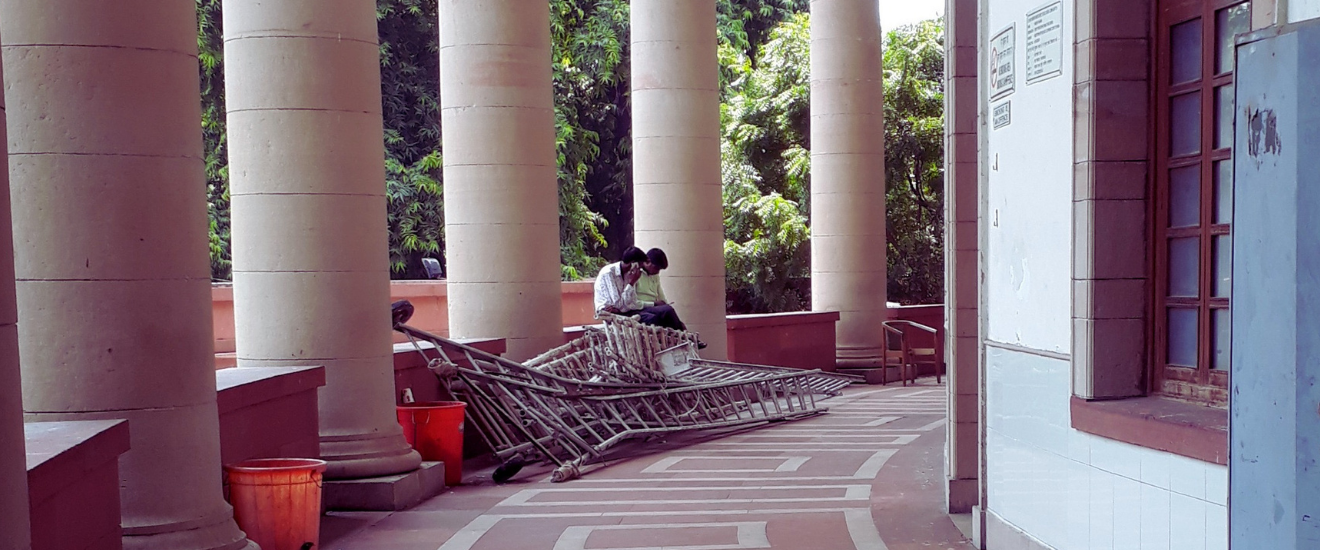Analysis
The Year That Was #1: Supreme Court Response to COVID Crisis in 2020
In 2020, the Supreme Court had to manoeuvre through a host of new concerns heightened by the coronavirus pandemic.

The Year of Video Conferencing
Even before the national lockdown in March, the Supreme Court began working at a reduced capacity from March 16th 2020. A week later, the national lockdown prompted the Court to go completely virtual. It decided to hear only ‘extremely urgent’ cases through video conferencing. The filings could be done online, through the Supreme Court of India’s website. When the lockdown was lifted, from April 18th, the Court began hearing ‘short category matters, death penalty matters and matters related to family law’. It also decided to hear curative and review petitions.

After mulling over resuming physical hearings, the Court decided against it and issued Standard Operating Procedure for virtual hearings on 4 July 2020. However, it did allow for physical filing counters to be reopened. A month later, on 30 August 2020, the Court decided to allow, on an experimental basis, very limited physical hearings only in three courtrooms.
As an administrative response to tackle COVID, the Court amended Supreme Court Rules, 2013 (‘Rules’): these Rules regulate the practice and procedure of the Supreme Court. Deviating from the Supreme Court’s tradition of having a minimum of two judges in a bench, the Court for the first time had single judge benches. Read our comprehensive coverage on the Court’s functioning during COVID here.
Court’s Response to COVID Crisis
2020 was dominated by cases concerning the pandemic and its impact on several vulnerable communities. When the nationwide lockdown was announced, the Court was immediately confronted with migrant labourers’ issues, protections for frontline workers and subsidized healthcare. It both intervened of its own motion and heard pleas by public interest litigants.
The Court’s approach cannot be characterised as uniform. On the one hand in the migrant labourers’ case, it initially deferred to the executive and refrained from intervening, citing policy limitations. On the other hand, it took a contrary approach with the subsidized healthcare case: The Court’s initial orders to monitor and order welfare measures were soon overturned, citing practical issues. We have analysed the key COVID induced matters here.
Key Personnel Changes
The Supreme Court saw two retirements in 2020. Banumathi J retired on June 19th 2020 and Arun Mishra J on September 2nd 2020.

Banumathi J ended her six-year-long tenure at the Court having authored 368 judgments. At the time of her retirement, she had written the most judgments among the sitting Justices of the Supreme Court. We profiled her extensively here and here.
Mishra J too shared a six-year-long tenure at the Court alongside Banumathi J. He wrote 132 judgments, mostly on property law and land acquisition. In the recent history of the Supreme Court, he has emerged as one of the most popular judges, often mired in controversies. We look at his time at the Court here and here.
With these two retirements, the Court’s strength currently stands at 30. Having to deal with virtual courts and other COVID induced administrative concerns, the Court seemed to have missed opportunities to appoint judges in 2020.
